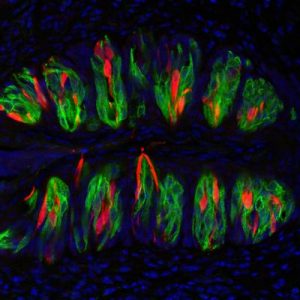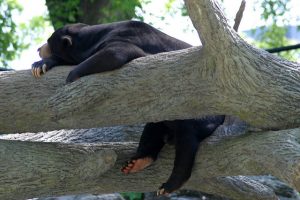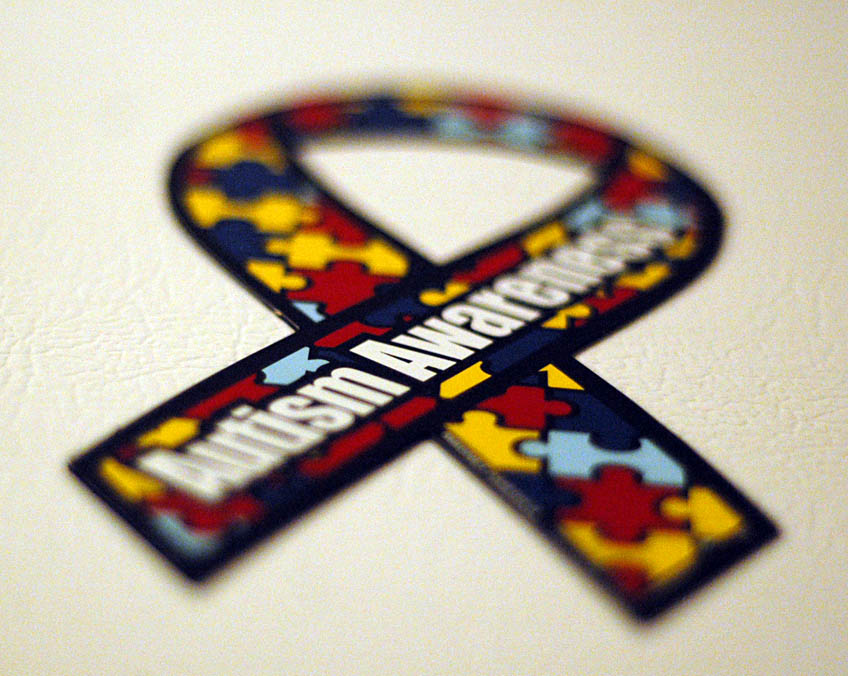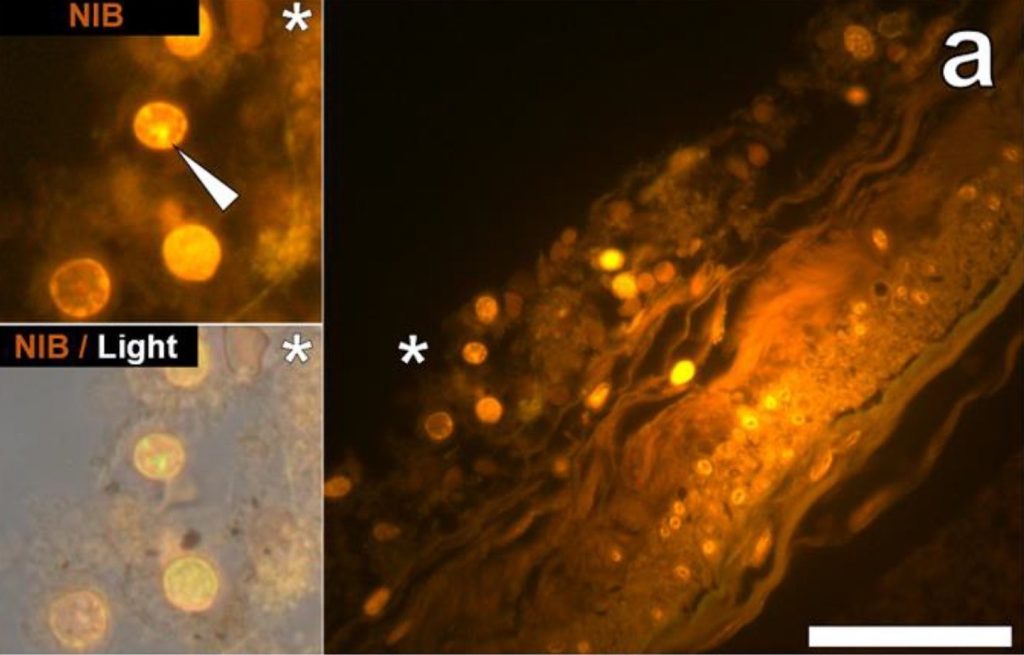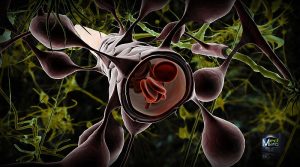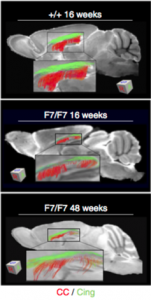Chronic Obstructive Pulmonary Disease (COPD) includes a number of diseases where airflow to the lungs is blocked. Cardiovascular diseases are frequent occurrences in patients with COPD. To manage medical conditions like high blood pressure and abnormal heart rhythm that are associated with cardiovascular diseases, medication called β-blockers are used. However, many physicians shy away from prescribing them due to uncertainty about potential effects of β-blockers on lung activity. This is especially true during episodes of acute COPD exacerbations (sudden worsening of symptoms). Contrary to these conceptions, studies show that β-blockers play a role in alleviating COPD exacerbations and reduce mortality rates.
The TONADO studies conducted by researchers at the Boehringer Ingelheim Pharma GmbH & Co. KG, Ingelheim in Germany conducted research to check lung function in COPD patients receiving bronchodilator (substance that dilate the air passages to the lungs, thus increasing airflow) treatments for a year. FEV1 or forced expiratory volume, a measure of the volume of air that is forced out in 1 second after taking a deep breath, was used to categorize the severity of COPD. Post experimentation, researchers considered data from patients receiving β-blockers to assess the potential effects of these medication on bronchodilator treatment. Researchers assessed these effects throughout the length of the study by analyzing lung function, dyspnea (difficulty breathing) and frequency of exacerbations in COPD patients.
In the study conducted on 5,163 patients, individuals who were on β-blockers showed lower occurrence of COPD with milder symptoms, and higher average FEV1 levels.
Exacerbations were also very low in the β-blockers group at entry level. One shortcoming of β-blockers was the high occurrence of diseases related to the heart and blood vessels like stroke, heart attack, and cardiac arrhythmia. The improvement in dyspnea seen during bronchodilator treatment and lung function measurements were the same for both groups. Overall, analysis of the obtained data did not show vast negative effects of β-blocker treatment.
The reliability of data from this research is high due to the fact that it was collected over a span of 12 months. In addition, the study had a broad, global population of subjects due to the international nature of the trial. The presence of other additional diseases besides COPD was also taken into consideration during data collection and analysis. Putting all this information together, researchers concluded that their study provides valid information regarding the effects, or lack thereof, of β-blockers in COPD patients.
In conclusion, the results support β-blocker use. The researchers agreed that the benefits of β-blocker outweigh their potential risks, especially for patients with heart disease, heart failure and hypertension. An analysis of 15 similar studies further supported the findings.
Reference: Maltais, F., et al. 2018. β-Blockers in COPD: A Cohort Study From the TONADO Research Program. Chest.
Image: Flickr



